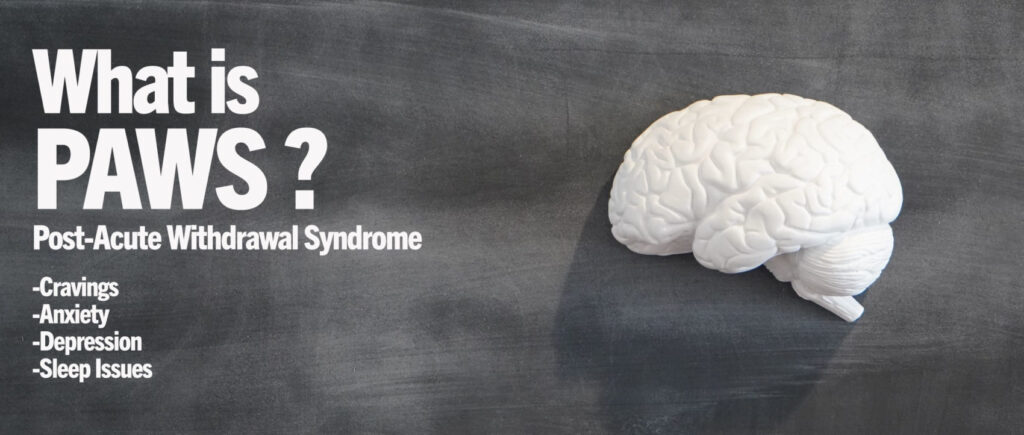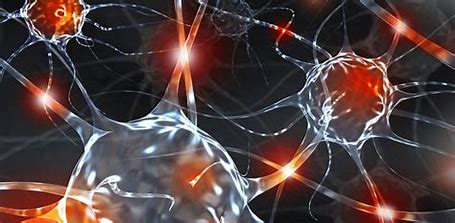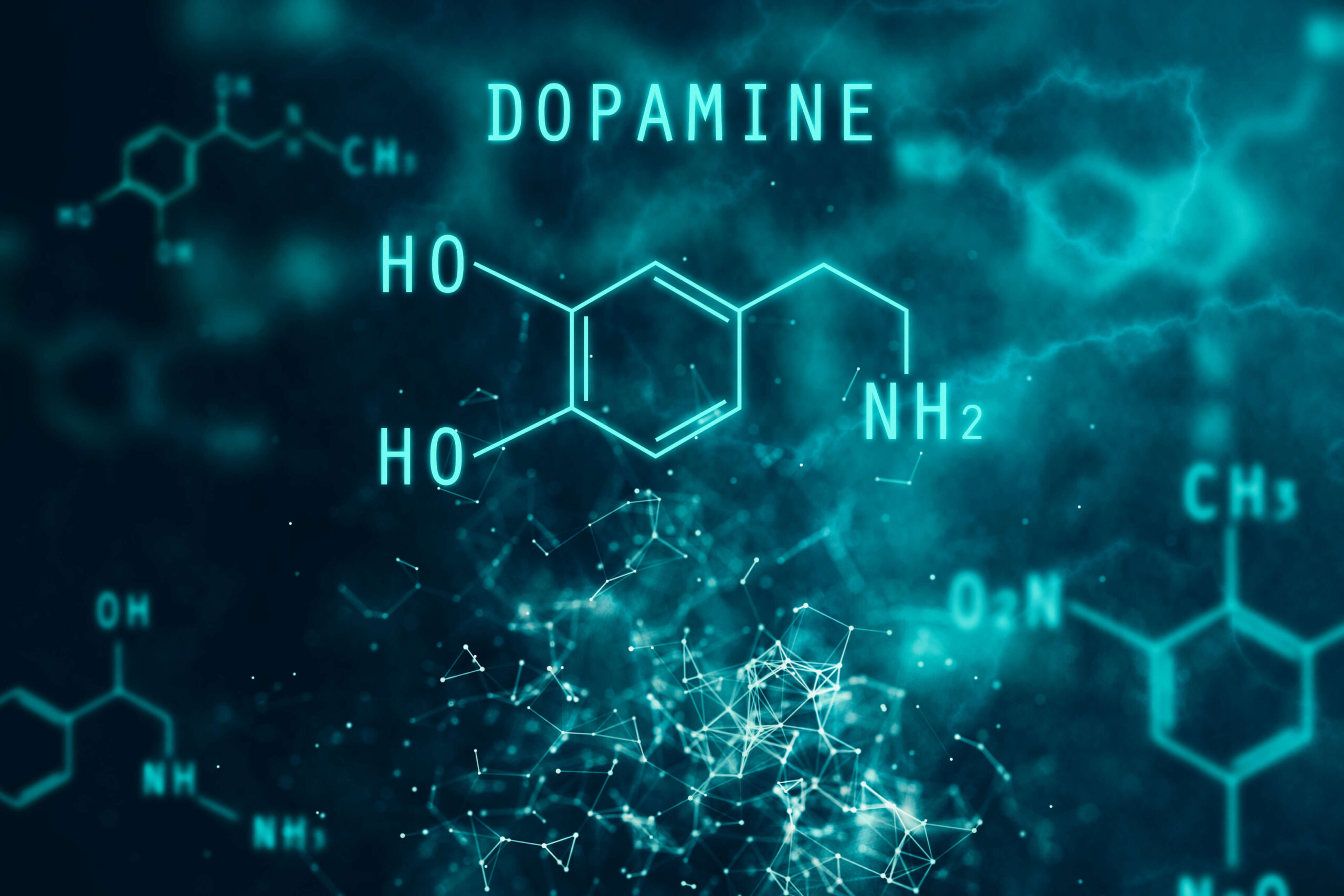Navigating Post-Acute Withdrawal Syndrome (PAWS)

Addiction recovery is not merely about detoxification or abstaining from substances—it’s a complex, long-term process deeply tied to the brain’s ability to rebalance itself. At Prayas Sewa Samiti, a leading and verified drug addiction centre, the focus extends beyond detox to include the neurological and psychological hurdles individuals face during recovery.
One of the most critical, yet often misunderstood, challenges is Post-Acute Withdrawal Syndrome (PAWS). With a neuroscience and behavioural science-driven approach, Prayas Sewa Samiti helps individuals understand and manage PAWS and its far-reaching effects.
Understanding Post-Acute Withdrawal Syndrome (PAWS)
Post-Acute Withdrawal Syndrome (PAWS) refers to a set of persistent withdrawal symptoms that occur after the acute phase of detox. Unlike the early physical symptoms, PAWS involves lingering emotional, cognitive, and psychological disruptions. These symptoms can appear weeks or even months after substance use has ceased.
At Prayas Sewa Samiti, understanding Post-Acute Withdrawal Syndrome (PAWS) is foundational to the recovery process. This syndrome includes emotional instability, mood swings, sleep disturbances, and cognitive dysfunction—all driven by underlying neurochemical imbalances in the brain. The facility employs evidence-based neuroscience strategies to address PAWS in a personalised and sustainable manner.
PAWS and Neurochemical Imbalance

The brain, during addiction, becomes chemically altered. After detox, it struggles to reestablish balance, causing neurochemical imbalances that fuel Post-Acute Withdrawal Syndrome (PAWS). These imbalances often manifest as depression, anxiety, fatigue, and irritability. Patients at Prayas Sewa Samiti are guided through targeted therapies, including nutritional intervention, mindfulness, and medication support, to help correct these imbalances.
Repeated focus on Post-Acute Withdrawal Syndrome (PAWS) allows clients to anticipate and prepare for these symptoms, reducing their shock value and emotional toll. Recovery becomes proactive rather than reactive.
Cognitive Dysfunction and Emotional Instability in PAWS
One of the key challenges of Post-Acute Withdrawal Syndrome (PAWS) is cognitive dysfunction—a reduced ability to focus, make decisions, or remember information. This often goes hand-in-hand with emotional instability, where mood changes unpredictably, causing frustration and even relapse in some individuals.
At Prayas Sewa Samiti, cognitive behavioural therapy (CBT), neurofeedback sessions, and attention-enhancing activities are integrated into treatment to help retrain the brain. These interventions address both cognitive dysfunction and emotional instability, core components of PAWS.
The Role of Sleep Disturbances and Mood Swings

Sleep disturbances are common in individuals suffering from Post-Acute Withdrawal Syndrome (PAWS). The inability to get restful sleep often exacerbates emotional reactivity and increases the risk of relapse. Similarly, mood swings, another symptom of PAWS, disrupt daily functioning and relationships.
Prayas Sewa Samiti, with its neuroscience-focused model, incorporates circadian rhythm therapy, meditation, and natural supplements to promote restful sleep and emotional regulation. Understanding that PAWS includes these long-term symptoms helps individuals prepare for them and stay committed to the recovery process.
Cue Reactivity and Limbic System Activation in PAWS
Cue reactivity is another powerful contributor to Post-Acute Withdrawal Syndrome (PAWS). Environmental and emotional cues can trigger cravings long after detox, leading to limbic system activation, where the brain’s emotional centre reignites urges for substance use.
At Prayas Sewa, therapists work closely with individuals to identify implicit triggers and conditioned responses that lead to cravings. Desensitisation techniques, exposure therapy, and mindfulness help reduce the impact of these cues, aiding clients in managing Post-Acute Withdrawal Syndrome (PAWS) more effectively.
Dopamine Response and Conditioned Responses in PAWS

A significant part of PAWS stems from a disrupted dopamine response—the chemical feedback loop responsible for reward and pleasure. Addiction blunts natural dopamine release, and recovery can feel joyless until the system is repaired.
Prayas Sewa Samiti incorporates dopamine-restoring activities such as physical fitness, creative arts, goal setting, and peer support groups to reactivate the brain’s natural reward circuitry. These help weaken conditioned responses that link daily events with substance cravings, a hallmark feature of Post-Acute Withdrawal Syndrome (PAWS).
Holistic Neuroscience and Behavioural Science Integration
Post-Acute Withdrawal Syndrome (PAWS) is not only a medical issue but a behavioral one as well. By combining neuroscience with behavioral science, Prayas Sewa Samiti treats the whole person—mind, body, and spirit. The center uses regular progress assessments, therapy sessions, and educational workshops to help patients understand their symptoms and own their recovery.
Conclusion: PAWS Recovery at a Prayas Sewa Samiti
Post-Acute Withdrawal Syndrome (PAWS) is one of the most persistent and dangerous phases of addiction recovery. If unaddressed, it can lead to emotional suffering, poor decision-making, and eventual relapse. At Prayas Sewa Samiti, a verified and trusted drug addiction centre, PAWS is treated as a critical clinical condition—one that demands attention, education, and ongoing support.
Through advanced understanding of cue reactivity, dopamine response, limbic system activation, and other secondary symptoms like neurochemical imbalance, sleep disturbances, and mood swings, patients at Prayas Sewa Samiti receive holistic and science-driven care. By confronting Post-Acute Withdrawal Syndrome (PAWS) head-on, this campus empowers individuals to build a stable, fulfilling, and long-lasting recovery journey.